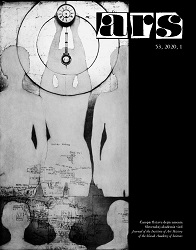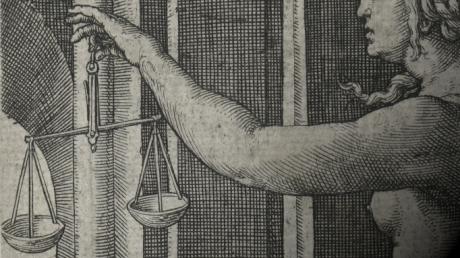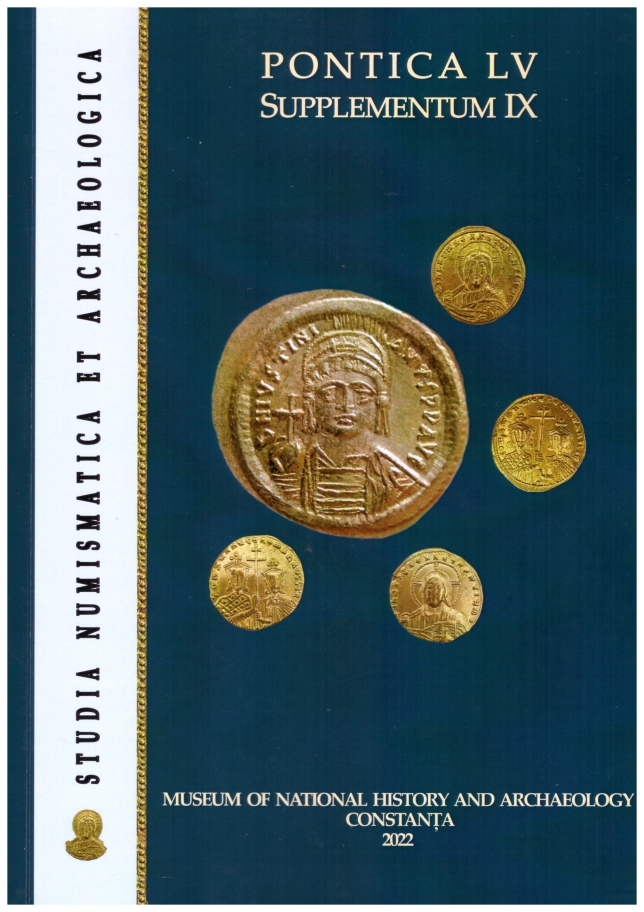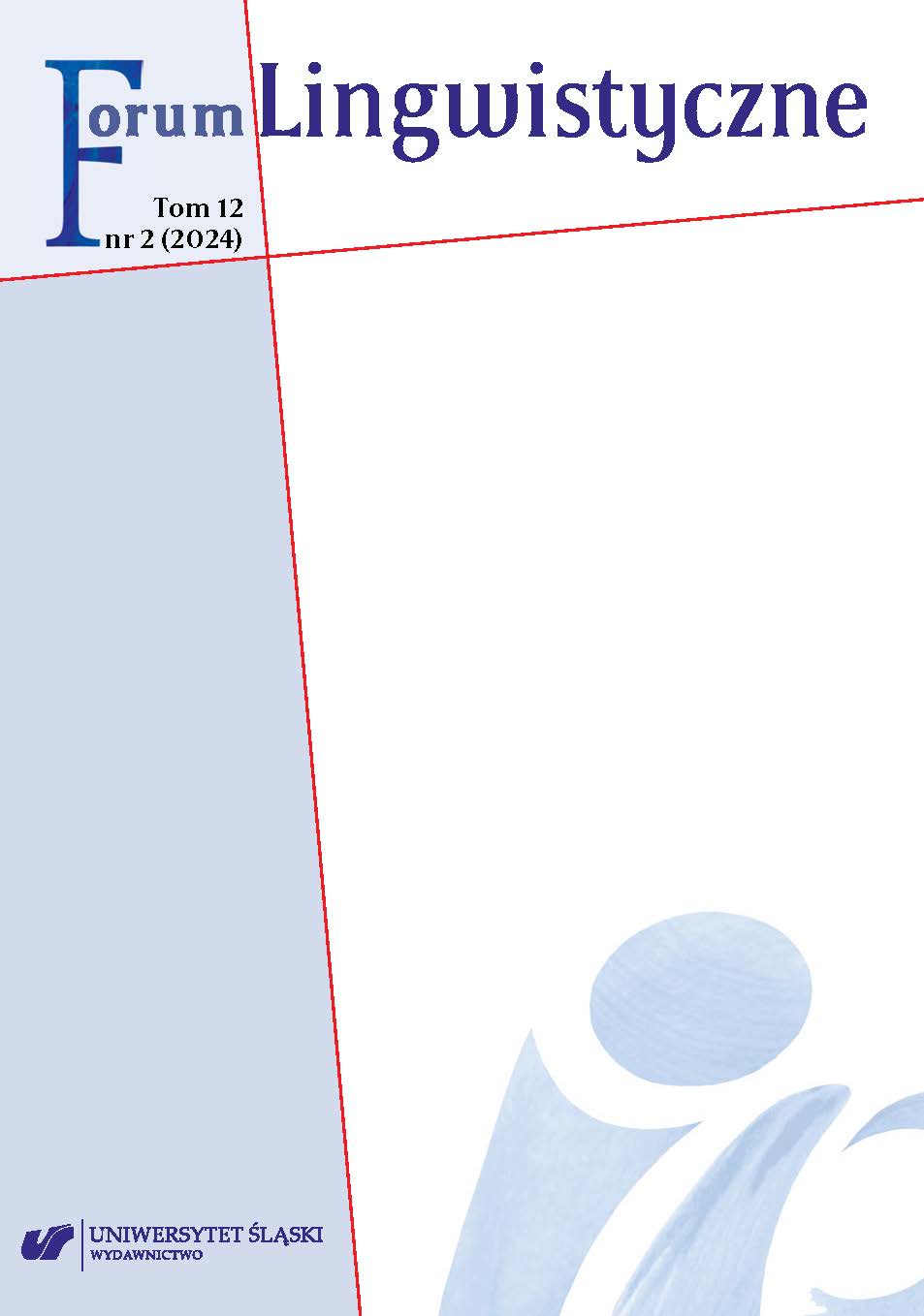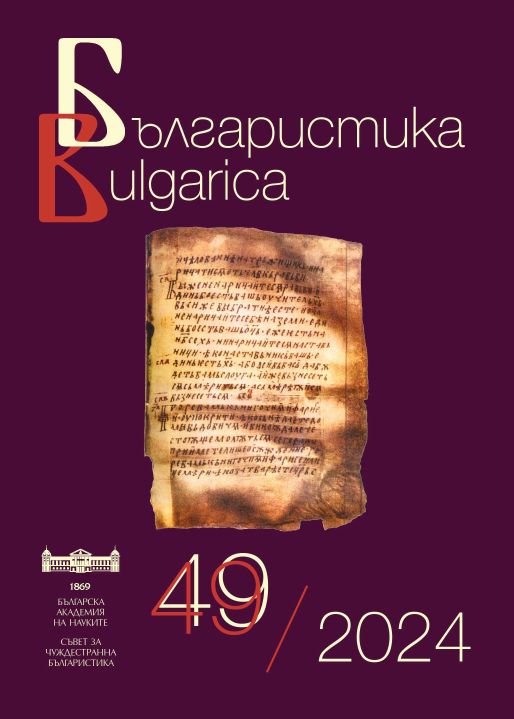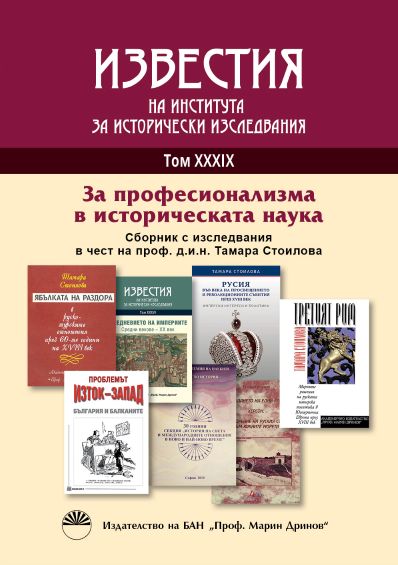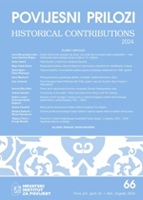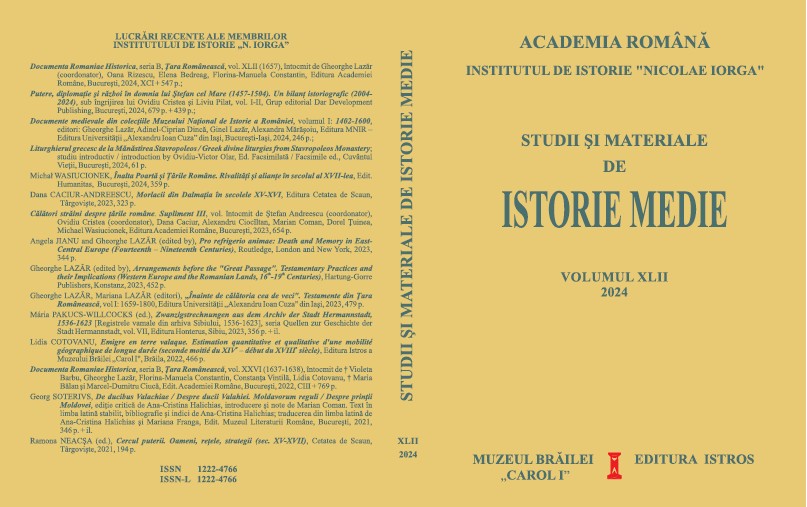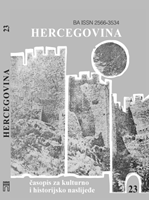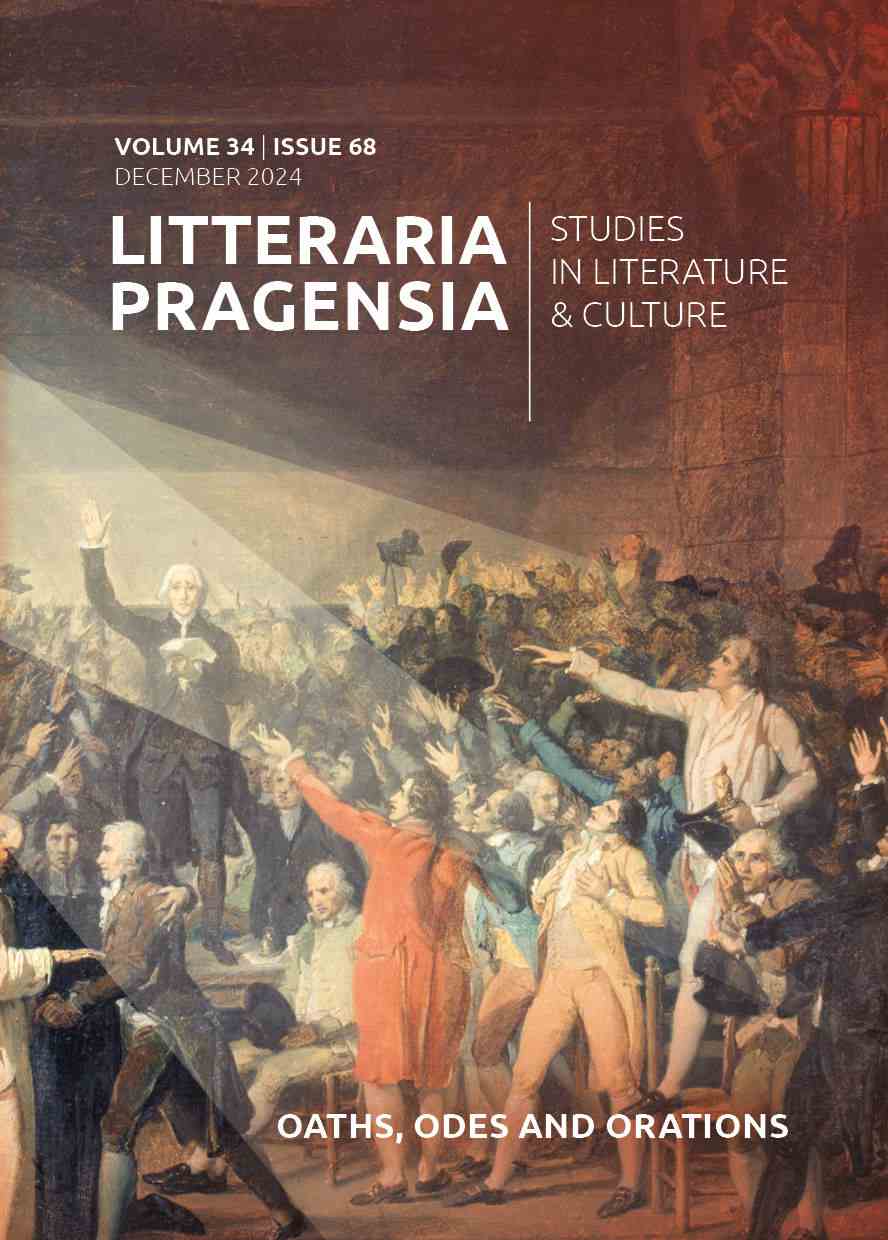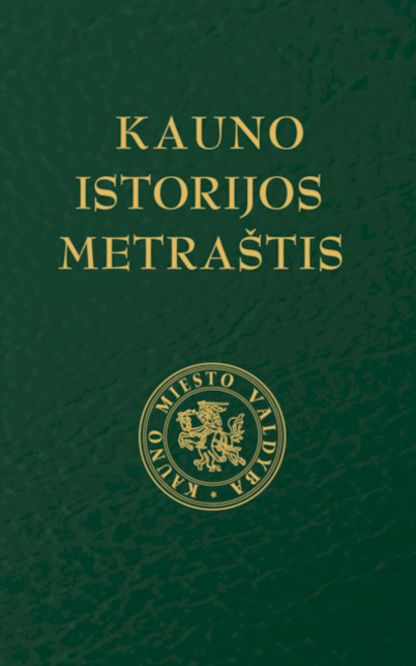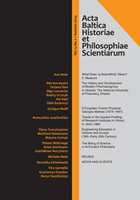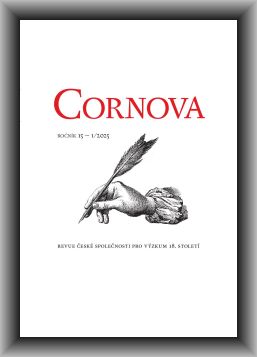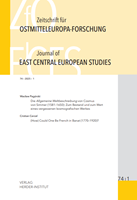Author(s): Aurel-Daniel Stănică,Daniela STĂNICĂ / Language(s): Romanian
Issue: 55 Supp IX/2022
The history of the land between the Danube and the Black Sea, which includes the chronological interval between the 15th-19th centuries, did not enjoy the due attention. The Ottoman presence was defined as harmful, not very popular idea, with an arid and devastated landscape and it was deeply rooted in the political ideologies of the communist romanticized. Thus, misjudgements, information that is not based on documentary sources found their place in history textbooks, providing an image not exactly in line with the data extracted from the documents of the time. Despite the appreciable number of excavations targeting habitat structures, necropolises, religious monuments, as well as occasional concerns for some categories of archaeological material from the Ottoman period, the results are far from providing a detailed picture of this period. For a space that has been under Ottoman administration for four centuries, one can speak of Ottoman archaeology, which, according to documentary sources, can reduce the information gap when we want to deepen the history of Dobruja. In this paper, we make a synthesis of the findings, which highlights a representative segment for the Ottoman archaeology of Dobruja. At the end of the 14th century, the Ottomans reached the Danube line, directly threatening the Romanian Countries. During the same period, the territory between the Danube and the "Great Sea" - Dobruca-Eli, "The Land of Dobruja" - part of the medieval state Wallachia, was occupied by the Ottomans following the 819 campaigns after Hegira (23 March 1416-17 February 1417). According to another point of view, the Ottomans managed to extend their actual domination over Dobruja only during the reign of Michael, the successor of Mircea the Elder, in 1419 or the spring of 1420, the empire's boundary being established on the line formed by the Enisala (Yeni-Sale) and Isaccea (Isakci) fortresses, which become sherds (edge castles). Regarding the history of Dobruja, the documentary sources, here referring to Turkish chronicles and foreign travellers’ accounts, always have the same limitations: either too few or their information is truncated or incomplete. Archaeological research in turn has supplied the lack of documentary information, with notable results regarding habitat structures, necropolises, religious monuments, as well as some point concerns for certain categories of archaeological materials (pipe, Ottoman ceramics, belt elements, ornaments etc.). The results are far from giving a detailed picture of the settlements and communities in Ottoman Dobruja. The concerns about the archaeological approach of this period are at the beginning, and in recent years there has been an increase in the number of studies that capitalize on newer or older research. Through this paper, I set myself to present the results provided by the archaeological researches concerning the Ottoman period in which Dobruja (15th- 19th centuries) was under the administration of the Ottoman Empire.
More...
